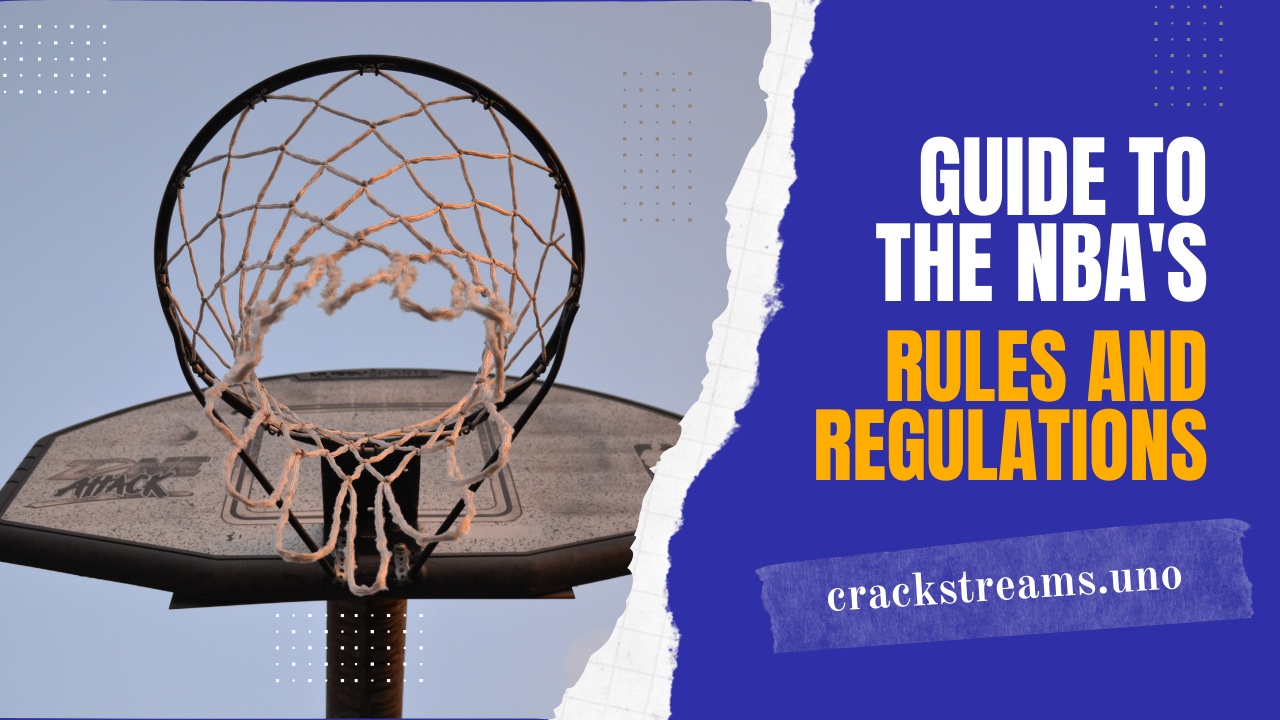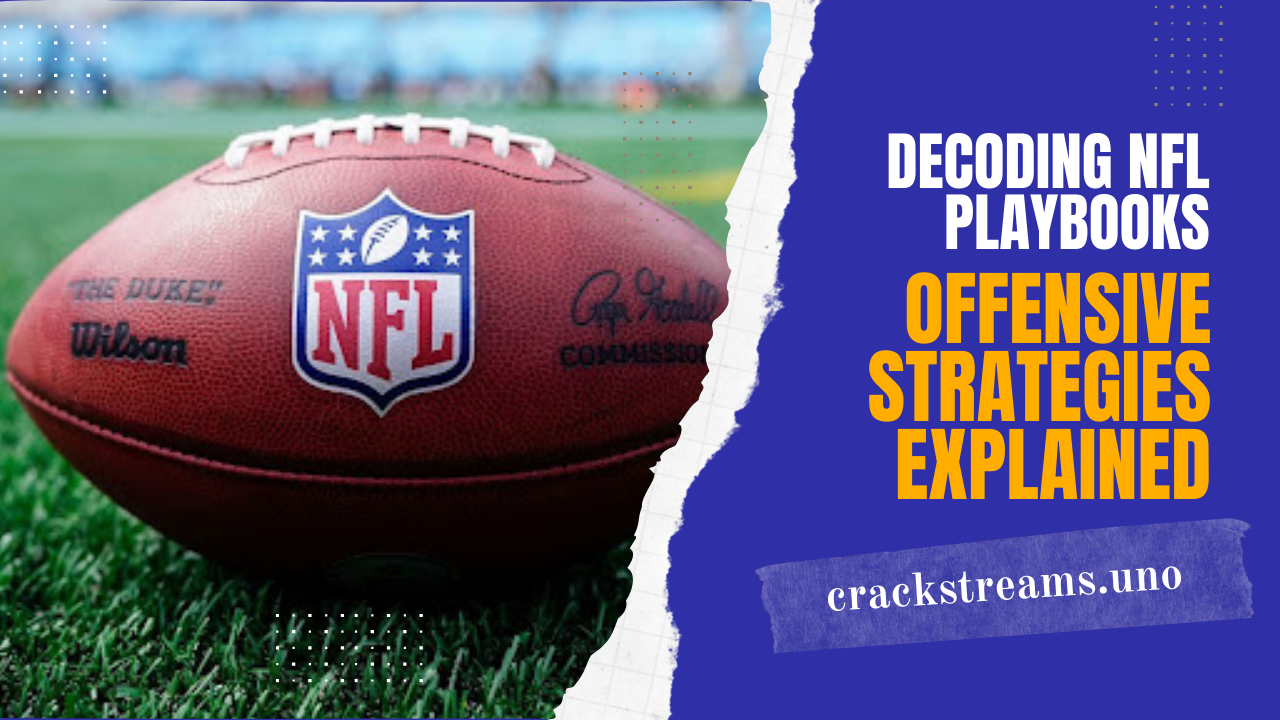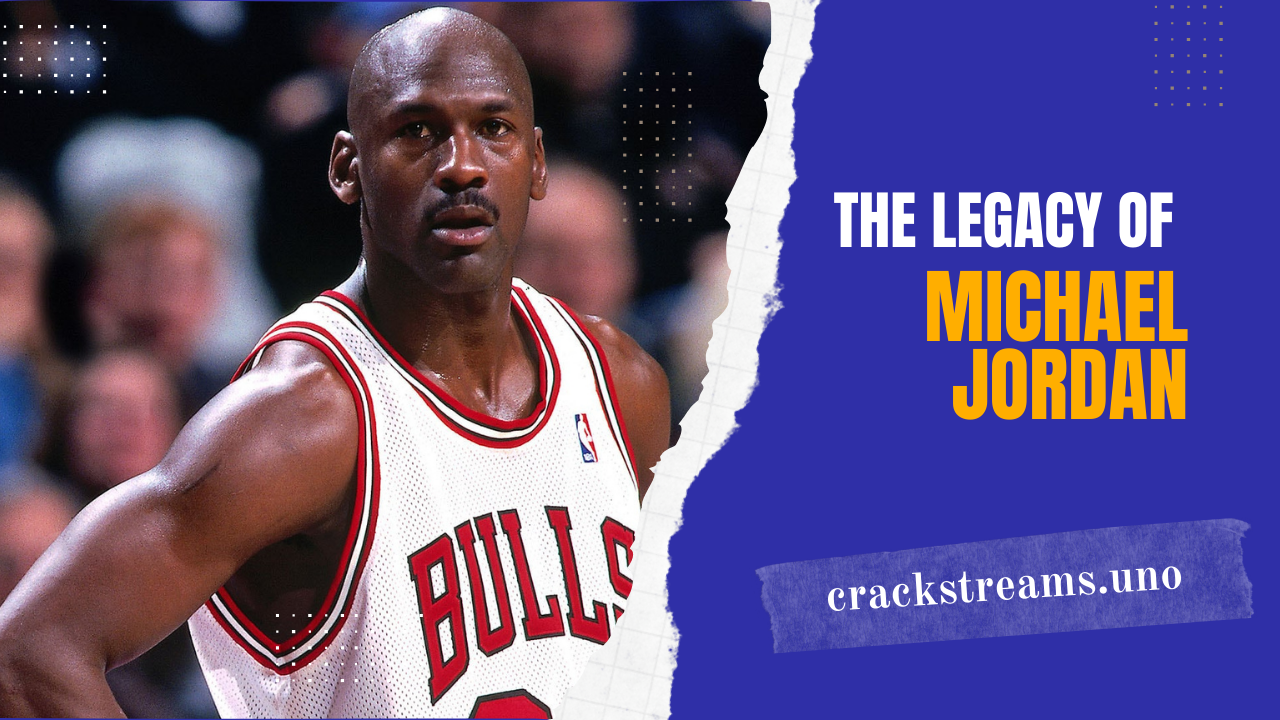Introduction to NBA Rules and Regulations
The NBA is much more than dazzling dunks and buzzer-beater shots. Its rules and regulations form the backbone of every game, providing a fair framework for all teams and players. These rules are crafted not just to maintain fairness but also to ensure the game remains exciting and enjoyable for fans.
Why NBA Rules Matter
Imagine a game without structure—chaos would ensue. Rules are the silent guardians of basketball, dictating every dribble, pass, and shot. They ensure players have an equal opportunity to showcase their skills, while also protecting the integrity of the sport.
How Rules Shape the Game
The beauty of basketball lies in its balance—between offense and defense, speed and precision. NBA rules ensure this balance is maintained. From foul calls to time limits, each rule influences the strategy teams employ, adding layers of complexity to the game. Without these rules, we wouldn’t have the spectacular gameplay that keeps us glued to our screens.
To enjoy live NBA online wo can visit Crackstreams.
History of NBA Rules and Evolution
The NBA’s rulebook wasn’t always as detailed as it is today. It has evolved alongside the game, reflecting the changes in player skills, strategies, and even societal expectations.
The Origin of NBA Rules
The league began in 1946 as the Basketball Association of America (BAA), and its rules mirrored those of the NCAA at the time. As the league evolved into the NBA in 1949, rule changes were introduced to cater to professional play, such as the shot clock in 1954 to counteract stalling tactics.
Key Rule Changes Over the Years
Some changes revolutionized the game. The introduction of the three-point line in 1979, for instance, transformed offensive strategies, emphasizing perimeter shooting. More recently, adjustments to flagrant fouls and hand-checking rules have focused on player safety and creating more scoring opportunities.
Court and Equipment Regulations
The stage where the magic happens—the NBA court—is meticulously standardized to ensure fairness across all games.
Dimensions of the NBA Court
An NBA court measures 94 feet in length and 50 feet in width, with a 22-foot three-point line (23.75 feet at the top of the arc). These dimensions provide just enough space for the fast-paced action while keeping the game compact for spectators.
Specifications of Basketballs and Hoops
NBA basketballs are made of high-quality leather, weighing around 22 ounces with a circumference of 29.5 inches. The hoops are set at 10 feet high, with a diameter of 18 inches. Every element is designed for consistency, ensuring players experience the same conditions in every arena.
Player Regulations
The NBA sets strict guidelines for its players, covering everything from team composition to what they wear on the court.
Team Composition and Substitutions
Each team consists of 15 players, with only 13 allowed to suit up for a game. Substitutions can occur during stoppages, allowing coaches to adjust strategies dynamically. This flexibility keeps the game unpredictable.
Uniform Requirements
NBA players must adhere to a specific dress code, both on and off the court. Jerseys display the player’s name and number, while sneakers must meet league standards. These rules ensure professionalism and brand consistency.
Game Duration and Structure
The NBA’s structure strikes a perfect balance between action-packed intensity and strategic depth.
Quarter Length and Timeouts
NBA games are divided into four 12-minute quarters, with a 15-minute halftime break. Each team is allotted seven timeouts, which coaches use to regroup, strategize, and shift momentum. The timing keeps games concise but thrilling.
Overtime Rules
If a game is tied after regulation, a five-minute overtime period determines the winner. Unlike other sports, there’s no limit to the number of overtimes, leading to unforgettable marathon matches.
Scoring System and Gameplay
Scoring in basketball might seem straightforward, but the NBA’s scoring system adds layers of strategy to the game. Points are awarded based on the location of the shot and how the play unfolds.
Points for Field Goals, Free Throws, and Three-Pointers
- A field goal is worth two points unless the shooter is behind the three-point arc, in which case it’s worth three points.
- Free throws, awarded for fouls, are worth one point each. Players shoot these uncontested from the free-throw line.
The three-point line, introduced in 1979, has become a focal point for teams building their offensive strategies around long-range sharpshooters.
Rules for Possession and Ball Movement
Possession of the ball is governed by the 24-second shot clock, which ensures teams don’t delay play. Violations like traveling (moving without dribbling) or double dribbling (stopping and restarting a dribble) result in a turnover, handing possession to the opposing team. These rules promote a fast-paced and dynamic style of play.
Fouls and Violations
NBA rules meticulously outline actions considered fouls or violations, aiming to protect players and preserve the game’s flow.
Personal Fouls and Penalties
A personal foul occurs when a player makes illegal physical contact with an opponent. Players are allowed up to six personal fouls per game, after which they are disqualified. Penalties for fouls vary based on their nature and include free throws or possession for the opposing team.
Technical and Flagrant Fouls
- Technical fouls are assessed for unsportsmanlike conduct, such as arguing with referees or delay-of-game tactics.
- Flagrant fouls involve excessive or dangerous physical contact and can result in ejection. These distinctions emphasize player safety and sportsmanship.
Defensive and Offensive Rules
Both offensive and defensive strategies are deeply influenced by specific NBA rules that regulate positioning and actions on the court.
Defensive Three-Second Violation
This rule prevents defensive players from camping in the key (the painted area under the basket) for more than three seconds unless actively guarding an opponent. It encourages defenses to remain dynamic and prevents excessive clogging of the lane.
Offensive Goaltending
Offensive players cannot interfere with the ball when it is on a downward arc toward the basket or within the cylinder above the rim. Violating this rule nullifies the basket, ensuring that scores come from legitimate plays.
Officials and Their Responsibilities
NBA referees and officials are integral to the game, ensuring it’s played fairly and within the rules.
Roles of Referees
Each game features a crew of three referees who make split-second decisions on fouls, violations, and gameplay. They collaborate to maintain consistency and fairness throughout the game, even under immense pressure.
Video Replay System
The NBA utilizes a video replay system to review critical moments, such as last-second shots or flagrant fouls. This technology ensures accuracy in officiating, though it’s not without its controversies regarding game flow.
Playoff-Specific Regulations
The NBA playoffs bring a heightened intensity, and with that come unique rules tailored for postseason competition.
Differences Between Regular Season and Playoff Rules
While the basic gameplay rules remain the same, the playoffs emphasize tighter officiating and fewer timeouts. Additionally, regular-season ties are resolved by tiebreaker rules to determine seeding, but playoff games require decisive outcomes, often leading to multiple overtimes.
Tiebreakers and Seeding Rules
In the regular season, tiebreakers are determined by head-to-head results, divisional records, and conference records. These intricate rules ensure that every game matters in securing playoff positioning.
Rules for Coaches and Bench Behavior
While players are the stars of the game, coaches and bench players must adhere to strict guidelines to maintain order and professionalism during games.
Code of Conduct for Coaches
NBA coaches are expected to lead with discipline and respect. They are prohibited from leaving the designated coaching area during play unless addressing referees in specific situations. Unsportsmanlike behavior, such as excessive arguing or profanity, can result in technical fouls or ejection.
Bench Decorum Policies
Players and staff on the bench must remain seated and avoid interfering with gameplay. Celebrations must be controlled, and no bench personnel can step onto the court during live play. These rules ensure that bench activity doesn’t disrupt the game.
NBA Draft and Rookie Regulations
The NBA draft is an essential part of team building, with strict rules governing player eligibility and rookie contracts.
Draft Eligibility Rules
Players must be at least 19 years old during the calendar year of the draft and one year removed from high school graduation. Many players choose to play college basketball or overseas before entering the draft. The NBA also has eligibility provisions for international players and undrafted free agents.
Contracts and Salary Caps for Rookies
Rookies are subject to a salary scale based on their draft position. This system ensures fairness while preventing teams from overspending on unproven talent. Rookie contracts typically include a two-year guarantee with team options for additional years, allowing franchises flexibility in player development.
International Players and FIBA Compatibility
As the NBA grows globally, rules have been adjusted to integrate international players and align with FIBA standards where possible.
Adjustments for International Rules
International basketball rules differ slightly, such as the court dimensions and goaltending rules. The NBA adapts by providing international players time to adjust to its distinct regulations while maintaining the league’s standards.
Integration of International Players
The rise of global stars like Luka Dončić and Giannis Antetokounmpo underscores the NBA’s commitment to international talent. These players bring unique styles, enriching the league’s diversity and pushing the boundaries of strategy and gameplay.
Controversial NBA Rules and Debates
No set of rules is without controversy, and the NBA’s regulations often spark debates among players, fans, and analysts.
Most Controversial Rules in NBA History
One notable example is the “Hack-a-Shaq” strategy, where teams intentionally foul poor free-throw shooters to gain a strategic edge. This tactic led to debates about whether it exploits a loophole or adds a legitimate layer of strategy.
Current Debates About Potential Rule Changes
Discussions about reducing game length, implementing a mid-season tournament, and redefining flagrant fouls continue to generate buzz. These debates highlight the league’s commitment to evolving alongside player dynamics and fan expectations.
Conclusion and Final Thoughts
The NBA’s rules and regulations are the foundation of its success, balancing fairness with entertainment. From the meticulous dimensions of the court to the intricate foul classifications, every aspect of the game is governed by principles designed to create an exciting, competitive environment. While these rules evolve, their core purpose remains the same: to honor the sport of basketball and provide fans with a captivating experience.
FAQs
1. What happens if a game ends in a tie?
If a game ends in a tie after the fourth quarter, a five-minute overtime period is played. Overtime continues until a winner is determined.
2. Can a coach challenge a referee’s decision?
Yes, coaches are allowed one challenge per game to contest specific calls, such as fouls or out-of-bounds decisions. However, they must have a timeout available to use this challenge.
3. What is the penalty for too many players on the court?
If a team has more than five players on the court, a technical foul is assessed, and the opposing team is awarded a free throw.
4. How has the introduction of the three-point line impacted the NBA?
The three-point line has revolutionized the game by emphasizing perimeter shooting and spacing. It has led to new strategies and the rise of specialized three-point shooters.
5. Are NBA rules different from FIBA rules?
Yes, while the core principles of basketball are the same, there are differences in court dimensions, foul rules, and gameplay structure between the NBA and FIBA.



